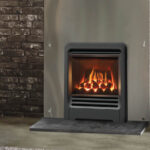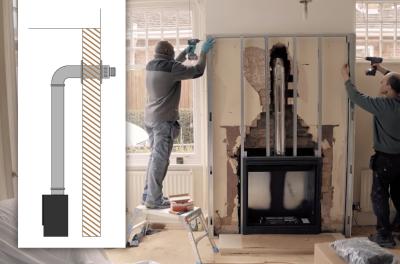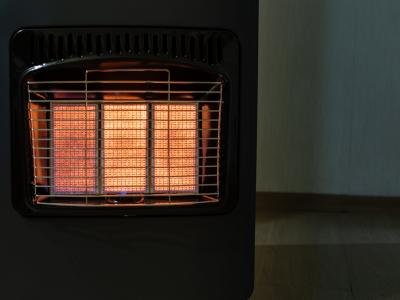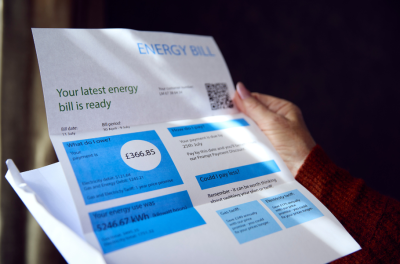We use cookies to improve your experience and our business. See our privacy/cookie policy or continue browsing to accept our use of cookies. View our cookie policy.
How Much Does it Cost to Run a Gas Fire in 2024?
As energy costs continue rising across the UK, many households are understandably concerned about how much to run home appliances and features that use gas or electricity will cost. One such feature that is common in British homes is the gas fire. But how much does it cost to run a gas fire? With the energy price cap increasing again this January, what can homeowners expect to pay to operate their fire over the next year? This article will break down the essential costs and provide an estimate to help you budget and plan.
Gas fire operating costs
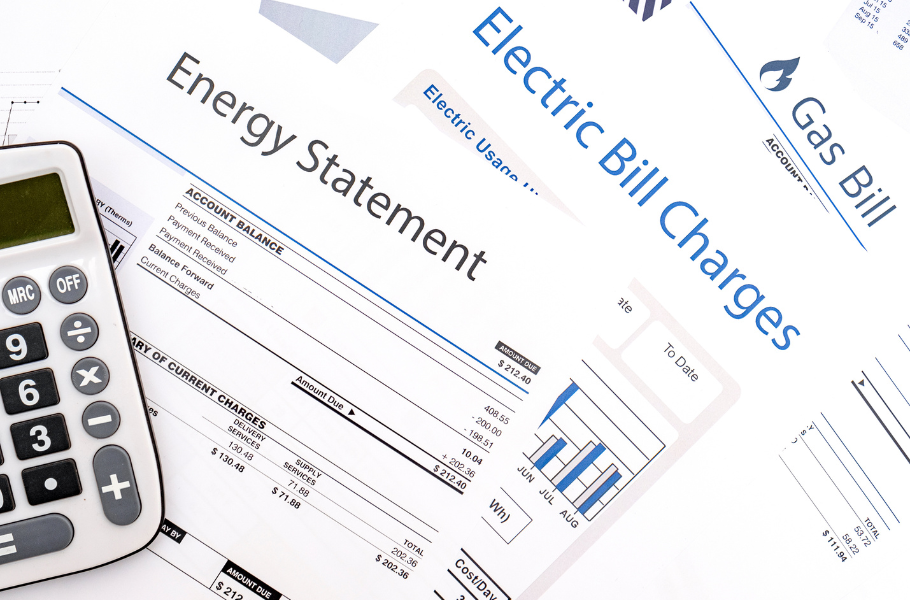
The main factors determining the operating costs of a gas fire are:
- Gas prices: The January 2024 price cap will set the new unit rate for gas at 7p/kWh for direct debit customers. This is a crucial baseline cost for the fire's gas consumption.
- Electricity costs: Most gas fires have some electrical components, like an ignition system or fan. The January price cap electricity rate is 29p/kWh.
- Standing charges: Households pay fixed daily standing charges for gas and electricity of 30p and 53p, respectively.
- Usage time: The longer a gas fire is used, the higher the costs incurred. Usage can vary widely based on lifestyle factors.
Estimating gas fire costs

Considering these key factors, we can develop cost estimates for gas fire operations in 2024 based on your usage levels. How much does it cost to run a gas fire, based on the latest Energy Price Cap?
| Fire Type | Usage Level | Annual Hours of Use | Annual kWh Usage | Annual Gas Cost | Annual Standing Charge | Total Annual Cost |
|---|---|---|---|---|---|---|
| High Efficiency Gas Fire (5kW/h) | Low | 500 | 2,500 | £175 | £109.50 | £284.50 |
| High Efficiency Gas Fire (5kW/h) | Average | 1,000 | 5,000 | £350 | £109.50 | £459.50 |
| High Efficiency Gas Fire (5kW/h) | High | 1,500 | 7,500 | £525 | £109.50 | £634.50 |
| Standard Gas Fire (6.9kW/h) | Low | 500 | 3,450 | £241.50 | £109.50 | £351.00 |
| Standard Gas Fire (6.9kW/h) | Average | 1,000 | 6,900 | £483.00 | £109.50 | £592.50 |
| Standard Gas Fire (6.9kW/h) | High | 1,500 | 10,350 | £724.50 | £109.50 | £834.00 |
Low usage = 500 hours
Average usage = 1,000 hours
High usage = 1,500 hours
Gas cost = 7p per kWh
Standing charge = £109.50 per year (30p per day)
Factors that impact gas fire costs
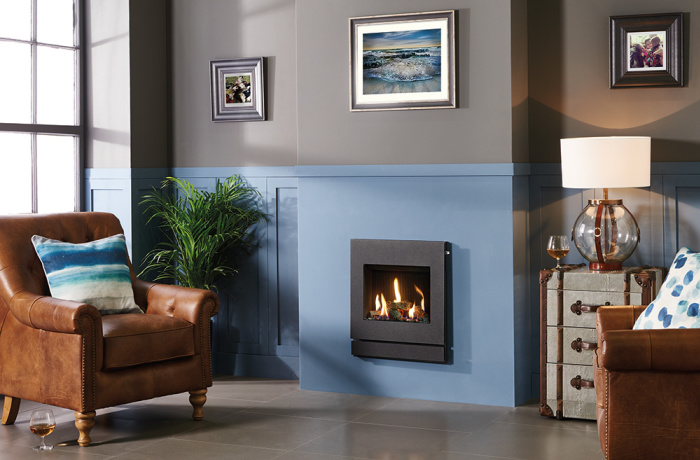
Usage time is a major variable that can create a wide range of possible running costs for a home gas fire, from around £150 to over £300. However, additional factors may alter costs:
- Gas fire efficiency: Older, less efficient gas fire models can consume more fuel to produce the same heat output. Upgrading to a newer, high-efficiency gas fire can trim gas usage substantially.
- Home insulation: Well-insulated homes retain heat far better, enabling lower thermostat settings and less usage time to maintain comfort. Improving insulation levels can complement gas fire savings.
- Electricity choices: Electricity makes up a portion of costs for fan operation, ignition, etc. Choosing a renewable electricity tariff may cost slightly more but reduces environmental impact.
- Thermostat temperature: What “feels” warm is subjective, but every 1 degree lower can use about 10% less gas for heating. Set the thermostat judiciously.
Controlling gas fire costs

While gas prices are outside homeowners’ control, you’re not powerless against rising heat expenses. Here are 5 key ways to cut costs:
- Use a programmable thermostat – Set temperatures lower when away or asleep. Get cosy with blankets instead.
- Service annually – Ensure burners operate efficiently. Replace old parts as needed.
- Limit daily use – Two hours daily in winter may suffice versus burning all evening.
- Upgrade model – If your gas fire is older than 10–15 years, upgrading to a modern high-efficiency model can cut gas use by up to 35%.
- Improve insulation – Prevent heat loss and retain warmth longer with proper insulation.
Additional factors in gas fire cost considerations
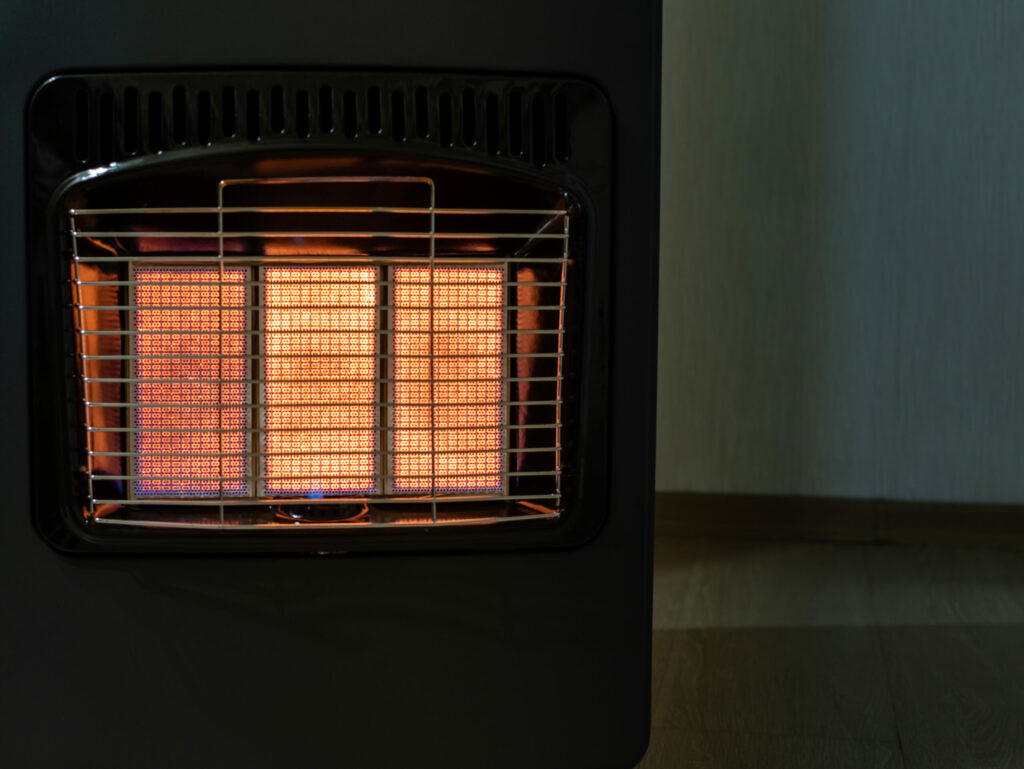
As we have explored, the operating costs for gas fires in 2024 will be primarily driven by the usage time and energy rates dictated by the price cap. However, some additional secondary factors related to the heating system, home, and owner decisions could also impact annual costs, including:
Venting type
Modern direct-vent gas fires that route exhaust out a dedicated vent are highly efficient. They retain heat effectively since no air escapes from the room up the chimney. Opting for a direct vent model can lead to faster warm-ups and lower overall gas usage.
Room size
Heating a cosy den with a gas fireplace uses far less energy than trying to warm a large open-concept kitchen, dining room, and living space. The room dimensions and ceiling height will influence heat loss and how much the fireplace needs to run.
Supplemental heating
Homes relying solely on the fire as the central space heater will need longer run times versus using it alongside other heating systems that handle most temperature maintenance. Costs can be lower with balanced heating.
Owner behaviour
An energy-efficient fire in an ideally sized and insulated room won’t save money if owners frequently leave doors open, letting in cold draughts or bumping up the thermostat to excessively high temperatures for comfort. Being diligent about reducing waste will restrain costs.
Regional weather differences
Colder climates require much more winter heating than temperate ones. A gas fire in the chilly Scottish Highlands may need to operate many more hours per heating season than the same unit in milder Plymouth to produce the desired indoor temperatures. Location impacts costs.
Maintenance frequency
Proper servicing, especially annual professional cleaning and tuning, enables the highest efficiency and lowest emissions. Ignoring maintenance issues causes consumption to rise over years of use. Preventative care is essential for cost control.
Next steps for understanding your costs

While this overview uses the latest 2024 price cap energy rates to estimate gas fire operating expenses, each home and heating solution is unique. To gain better clarity on your individual costs, here are some suggested next steps:
- Review utility bills: Analyse gas and electric bills to date to tally your actual rates, including tiered usage charges if applicable.
- Measure room size: Understand the room’s length, width, and ceiling height the fire is heating.
- Get a professional estimate: An expert can assess your specific system, use patterns and home to provide a tailored cost estimate.
- Monitor usage: Use timer settings and a smart meter to analyse your real-world burn times and energy draw.
Armed with more detailed data on your family’s needs and home profile, you can refine cost forecasts to create an informed budget for gas fire enjoyment without any billing surprises as energy prices continue rising into 2024.
While we can’t predict where exactly gas and electric rates will be in 2025 and beyond, estimating gas fire costs annually using the price cap rates can prepare any household budget for the year ahead. Hopefully, these estimates and cost-saving tips will prove helpful guidance for keeping home heating affordable even during periods of energy price volatility. It’s a good idea to revisit these calculations each winter using the latest rates announced by Ofgem.
Looking to save money on staying warm this winter? A high-efficiency gas fire might be the ideal choice for you. Plus, we offer free delivery to the UK mainland, no-hassle 14-day returns, and a range of finance options.
Need advice? Our friendly customer service team can be reached at [email protected] or 0161 376 4181.
[related_products is_auto_added="1"]Joanna Humphreys
Latest posts by Joanna Humphreys (see all)
- What’s Included in a Balanced Flue Gas Fire Installation? - April 3, 2024
- How Long Do Gas Fires Last? - February 1, 2024
- How Much Does it Cost to Run a Gas Fire in 2024? - January 16, 2024





